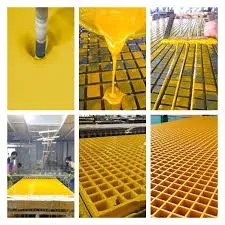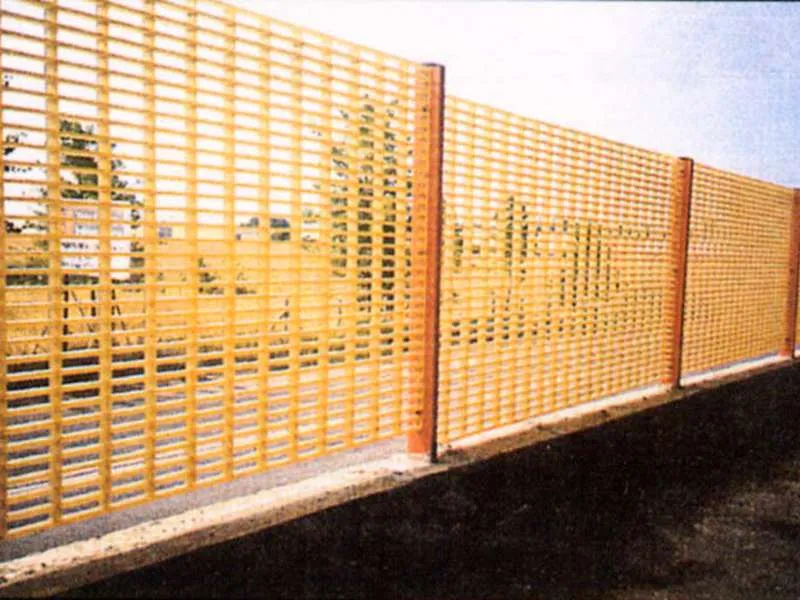
-
 Afrikaans
Afrikaans -
 Albanian
Albanian -
 Amharic
Amharic -
 Arabic
Arabic -
 Armenian
Armenian -
 Azerbaijani
Azerbaijani -
 Basque
Basque -
 Belarusian
Belarusian -
 Bengali
Bengali -
 Bosnian
Bosnian -
 Bulgarian
Bulgarian -
 Catalan
Catalan -
 Cebuano
Cebuano -
 China
China -
 China (Taiwan)
China (Taiwan) -
 Corsican
Corsican -
 Croatian
Croatian -
 Czech
Czech -
 Danish
Danish -
 Dutch
Dutch -
 English
English -
 Esperanto
Esperanto -
 Estonian
Estonian -
 Finnish
Finnish -
 French
French -
 Frisian
Frisian -
 Galician
Galician -
 Georgian
Georgian -
 German
German -
 Greek
Greek -
 Gujarati
Gujarati -
 Haitian Creole
Haitian Creole -
 hausa
hausa -
 hawaiian
hawaiian -
 Hebrew
Hebrew -
 Hindi
Hindi -
 Miao
Miao -
 Hungarian
Hungarian -
 Icelandic
Icelandic -
 igbo
igbo -
 Indonesian
Indonesian -
 irish
irish -
 Italian
Italian -
 Japanese
Japanese -
 Javanese
Javanese -
 Kannada
Kannada -
 kazakh
kazakh -
 Khmer
Khmer -
 Rwandese
Rwandese -
 Korean
Korean -
 Kurdish
Kurdish -
 Kyrgyz
Kyrgyz -
 Lao
Lao -
 Latin
Latin -
 Latvian
Latvian -
 Lithuanian
Lithuanian -
 Luxembourgish
Luxembourgish -
 Macedonian
Macedonian -
 Malgashi
Malgashi -
 Malay
Malay -
 Malayalam
Malayalam -
 Maltese
Maltese -
 Maori
Maori -
 Marathi
Marathi -
 Mongolian
Mongolian -
 Myanmar
Myanmar -
 Nepali
Nepali -
 Norwegian
Norwegian -
 Norwegian
Norwegian -
 Occitan
Occitan -
 Pashto
Pashto -
 Persian
Persian -
 Polish
Polish -
 Portuguese
Portuguese -
 Punjabi
Punjabi -
 Romanian
Romanian -
 Russian
Russian -
 Samoan
Samoan -
 Scottish Gaelic
Scottish Gaelic -
 Serbian
Serbian -
 Sesotho
Sesotho -
 Shona
Shona -
 Sindhi
Sindhi -
 Sinhala
Sinhala -
 Slovak
Slovak -
 Slovenian
Slovenian -
 Somali
Somali -
 Spanish
Spanish -
 Sundanese
Sundanese -
 Swahili
Swahili -
 Swedish
Swedish -
 Tagalog
Tagalog -
 Tajik
Tajik -
 Tamil
Tamil -
 Tatar
Tatar -
 Telugu
Telugu -
 Thai
Thai -
 Turkish
Turkish -
 Turkmen
Turkmen -
 Ukrainian
Ukrainian -
 Urdu
Urdu -
 Uighur
Uighur -
 Uzbek
Uzbek -
 Vietnamese
Vietnamese -
 Welsh
Welsh -
 Bantu
Bantu -
 Yiddish
Yiddish -
 Yoruba
Yoruba -
 Zulu
Zulu
Jan . 09, 2025 11:55
Back to list
Clarifiers & Settlers
The evolution of industrial materials has seen a significant shift towards the adoption of innovative solutions, such as FRP (Fiber Reinforced Plastic) covers. As industries face increasing demands for efficiency, durability, and environmental responsibility, the pivotal role of FRP covers becomes undeniable. These covers, characterized by their lightweight composition and robust strength, have redefined the standards of protective coverings in various sectors.
Professional expertise within the industry has consistently backed the benefits of FRP covers. Engineers and material specialists emphasize their adaptability in custom solutions, easily tailored to specific project needs. This versatility means that whether a project requires resistance to specific chemicals, UV stability, or thermal robustness, FRP covers can be customized accordingly, offering bespoke solutions across diverse applications. Trust in FRP covers is further solidified by numerous case studies and user testimonials. For instance, municipalities implementing FRP covers in wastewater treatment plants have reported significant reductions in downtime and maintenance costs. Their confidence in FRP materials stems from firsthand experience and consistent performance, a testament to the reliability these covers promise and deliver. As industries continue to evolve, the demand for materials that offer a blend of performance, sustainability, and economic feasibility will grow. FRP covers, with their proven track record of excellence, are positioned as leaders in this transition. Companies looking for a material that embodies modern needs should consider FRP covers not merely as an option but as an essential component in their operational strategy. Choosing an FRP cover means investing in a future-proof solution that meets the rigorous demands of today's industrial landscape. As companies navigate the complex web of operational challenges, FRP covers offer a dependable and flexible solution, guiding industries towards safer, more efficient, and sustainable practices. As the industrial sector continues to innovate, FRP covers will undoubtedly remain at the forefront, driving progress and setting new benchmarks in material performance.


Professional expertise within the industry has consistently backed the benefits of FRP covers. Engineers and material specialists emphasize their adaptability in custom solutions, easily tailored to specific project needs. This versatility means that whether a project requires resistance to specific chemicals, UV stability, or thermal robustness, FRP covers can be customized accordingly, offering bespoke solutions across diverse applications. Trust in FRP covers is further solidified by numerous case studies and user testimonials. For instance, municipalities implementing FRP covers in wastewater treatment plants have reported significant reductions in downtime and maintenance costs. Their confidence in FRP materials stems from firsthand experience and consistent performance, a testament to the reliability these covers promise and deliver. As industries continue to evolve, the demand for materials that offer a blend of performance, sustainability, and economic feasibility will grow. FRP covers, with their proven track record of excellence, are positioned as leaders in this transition. Companies looking for a material that embodies modern needs should consider FRP covers not merely as an option but as an essential component in their operational strategy. Choosing an FRP cover means investing in a future-proof solution that meets the rigorous demands of today's industrial landscape. As companies navigate the complex web of operational challenges, FRP covers offer a dependable and flexible solution, guiding industries towards safer, more efficient, and sustainable practices. As the industrial sector continues to innovate, FRP covers will undoubtedly remain at the forefront, driving progress and setting new benchmarks in material performance.
Next:
Related Products
Latest news
-
High-Quality Fiberglass Car Bodies Durable GRP Car & Boat Body SolutionsNewsJul.08,2025
-
High-Quality Fiberglass Dual Lamination Product Manufacturer Durable FRP & GRP Dual Lamination SolutionsNewsJul.08,2025
-
Rectangular Tank with Dimensions for GRP Calculation Custom Fiberglass GRP Rectangular TanksNewsJul.07,2025
-
High-Quality Fiberglass Weir Custom FRP Weir & Fiberglass Tanks ManufacturerNewsJul.07,2025
-
CPVC FRP Pipe A Reliable Choice for Industrial Applications High Strength & Corrosion ResistanceNewsJul.07,2025
-
Fiberglass Scrubber for Effective Cleaning and Stain Removal – Superior Performance in Various ApplicationsNewsJul.06,2025









